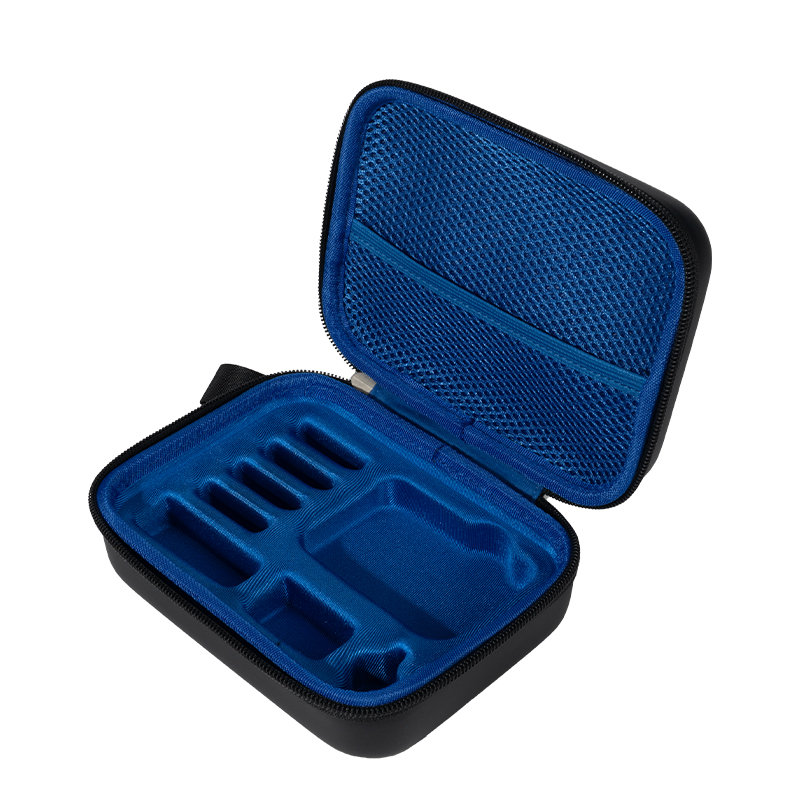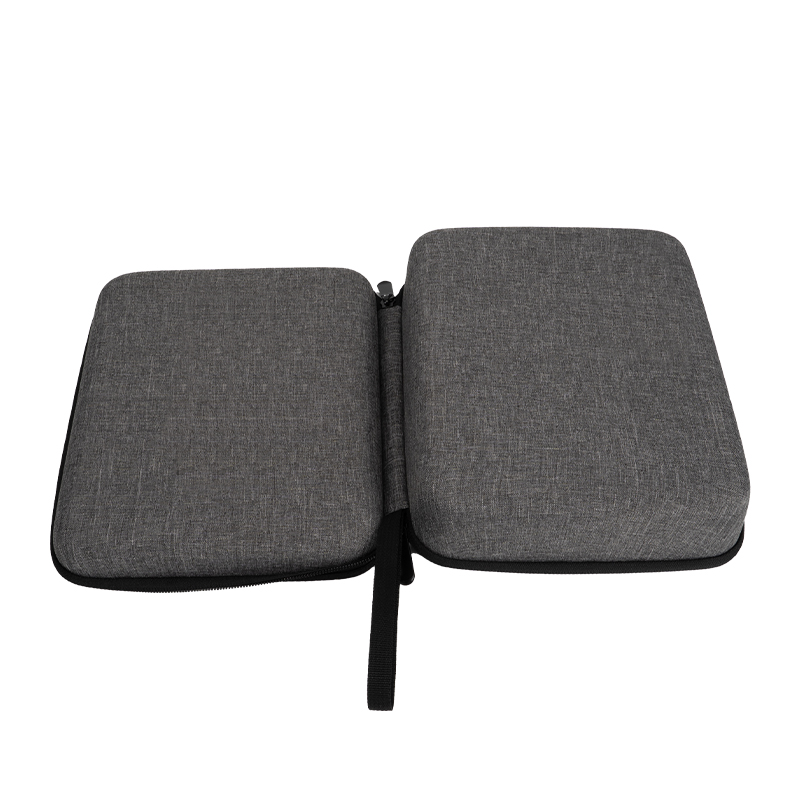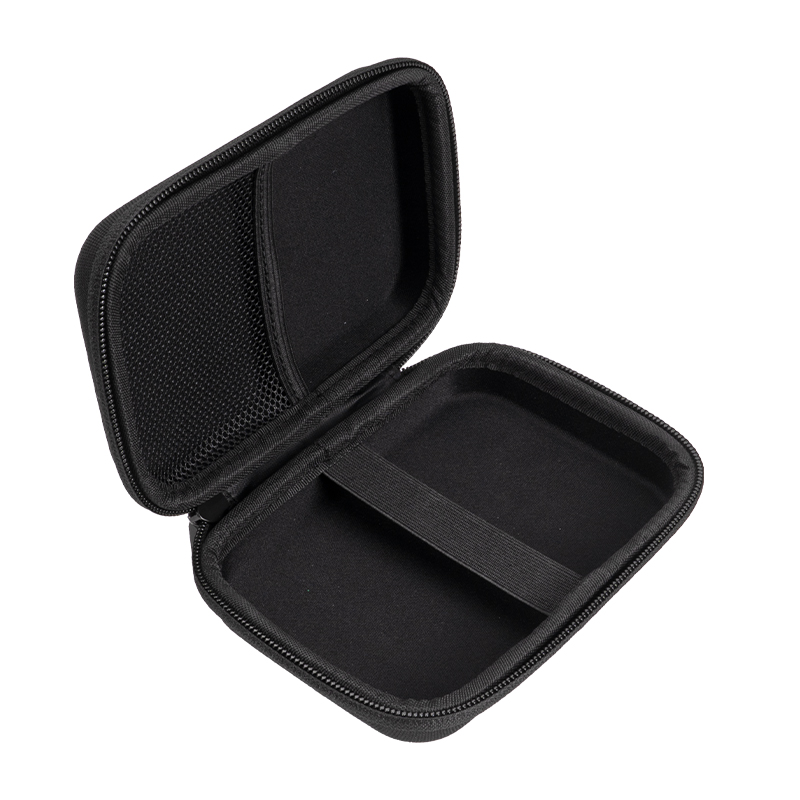

Camera Bag Market Enters a New Era Driven by Functionality and Lifestyle

In the photography accessories sector, the camera bag, designed for storing and protecting cameras and lenses, is undergoing a major transformation. Recent market reports indicate that the global camera bag market is steadily expanding, with innovation accelerating in design, materials, and distribution channels.
Market Size and Growth Trends
According to the latest data, the global camera bag market was valued at approximately USD 2.2 billion in 2024. It is projected to grow at a compound annual growth rate (CAGR) of 5.6% from 2025 to 2034, reaching about USD 3.7 billion by 2034.
The travel and outdoor photography segment, in particular, is seeing even stronger growth—estimated at USD 1.5 billion in 2024 and expected to reach nearly USD 2.8 billion by 2033, at a CAGR of around 7.5%.
Key Market Drivers
Rising Popularity of Photography and Equipment Upgrades
The growth of social media, video content, and travel vlogs has brought more casual and semi-professional users into photography and videography. The shift from DSLR to mirrorless systems has made cameras lighter yet more delicate—creating demand for better-designed, more protective storage solutions.
Boom in Travel and Outdoor Photography
As travel, adventure, and street photography gain popularity, users demand lightweight, waterproof, and shockproof camera bags. Among product types, backpack-style camera bags have become the fastest-growing segment.
Innovation in Function and Materials
Brands are embracing new materials such as lightweight nylon, high-density fabrics, and water-repellent coatings, along with modular interiors, tripod straps, and laptop/tablet compartments. The sustainability trend—recycled materials, low-carbon manufacturing, and vegan leather alternatives—is also becoming a major differentiator.
Market Challenges and Competition
Despite growth opportunities, the market faces several headwinds:
Price Competition from Low-Cost Alternatives:
A flood of low-priced, unbranded products on e-commerce platforms has compressed margins for mid- to high-end brands.
Fluctuating Material and Production Costs:
Prices of foam padding, premium textiles, and coatings are volatile, impacting pricing and profitability.
Market Saturation and User Segmentation:
As camera ownership expands, the user base has diversified—ranging from professionals to budget-conscious amateurs. Brands must clearly define their market segments and value propositions.
Regional Highlights: Asia-Pacific Rising
While North America and Europe remain mature markets with strong purchasing power, Asia-Pacific is the key growth region. The expansion of the middle class, the tourism boom, and the rise of content creators in China, Japan, and India are driving regional demand.
Emerging Trends
Lightweight & Modular Design
With smaller and lighter camera systems, users prefer compact, customizable bags with flexible internal dividers.
Sustainable Materials
The use of recycled nylon, eco-friendly PU leather, and chemical-free coatings has become a major selling point for environmentally conscious consumers.
Lifestyle-Oriented Design
Camera bags are evolving from pure utility into everyday lifestyle accessories—suitable for commuting, urban photography, and travel. Aesthetics and fashion appeal are now as important as functionality.
Insights for Chinese and Japanese Manufacturers
For manufacturers and retailers in China and Japan, several opportunities stand out:
Capture the “travel + photography” trend by emphasizing quick-access compartments, waterproof protection, and tripod integration.
Focus on e-commerce channels (e.g., Amazon Japan, Rakuten, Tmall, JD.com) for wider reach.
Segment the product range—offer both premium models for enthusiasts and affordable options for casual users.
Adopt eco-friendly materials to enhance brand image and appeal to younger demographics.
Leverage seasonal marketing—launch limited editions or collaborations during travel peaks (e.g., Golden Week, spring/autumn holidays).
Conclusion
The camera bag industry is evolving from simple protective gear to a category defined by functionality, lifestyle integration, and sustainability. As photography equipment becomes lighter and more travel-oriented, brands that can anticipate user needs—combining smart design, eco-friendly materials, and omnichannel marketing—are best positioned to capture the next wave of market growth.
Recommend news
manufacturer of custom EVA cases, we bring together refined design
11/06/2025
Related information

11/06/2025
The Evolution of Insulin Storage Cases: EVA CASE Redefines Medical Portability and Safety
manufacturer of custom EVA cases, we bring together refined design

11/06/2025
The Evolution of Tool Cases: How EVA Cases Are Redefining the Industry
EVA cases


Contact Us
Contact: Roger Young
Tel: +86 13829257690
Email:sale@chfine.com
Address: 72#,Dongbao Road,Houjie Town,Dongguan,Guangdong,China.
JOIN TEAM
Be the first to get new knowledge
FOLLOW







Chfine(CN) | EVACAMARA CASE | RX packaging
COPYRIGHT @ 2022 ,Dongguan Chfine Luggages And Cases Co., Ltd. All rights reserved






